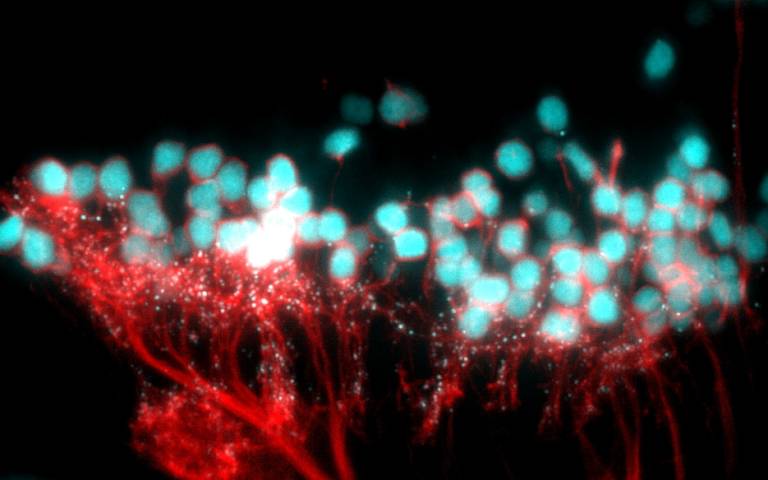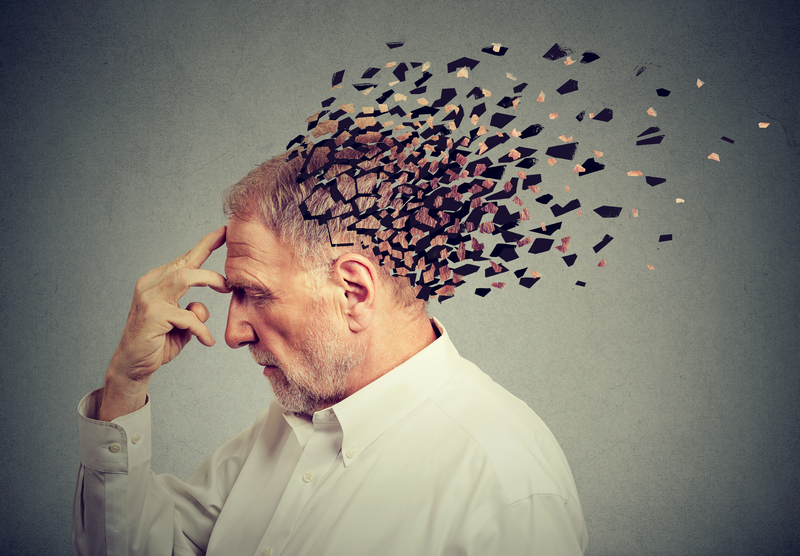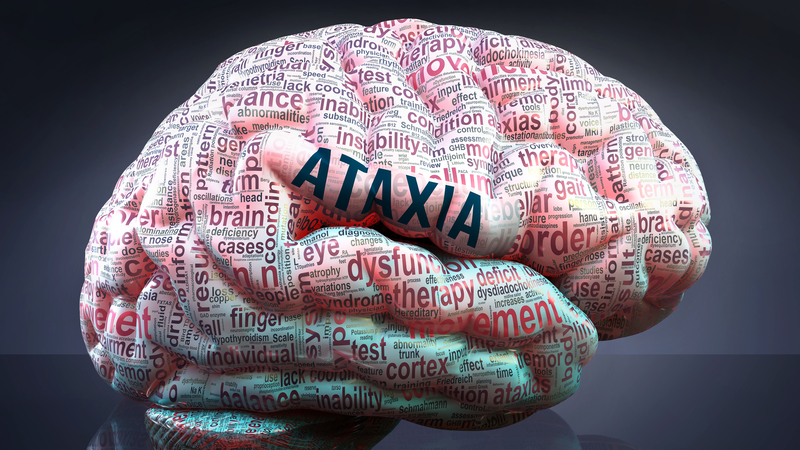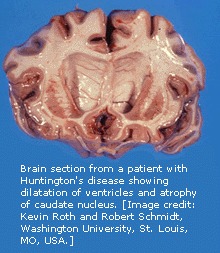The researchers say their findings, published in Nature, provide insight into the role of sleep, but still leave an open question around what function the latter half of a night’s sleep serves. The researchers say the study supports the Synaptic Homeostasis... Continue Reading →
Restricting calories is known to improve health and increase lifespan, but much of how it does so remains a mystery, especially in regard to how it protects the brain. Buck scientists have uncovered a role for a gene called OXR1 that is... Continue Reading →
In recent years, research has begun to reveal that the lines of communication between the body’s organs are key regulators of aging. When these lines are open, the body’s organs and systems work well together. But with age, communication lines... Continue Reading →
A new study published in Nature Cell Biology by Mark Alkema, PhD, professor of neurobiology, establishes an important molecular link between specific B12-producing bacteria in the gut of the roundworm C. elegans and the production of acetylcholine, a neurotransmitter important to memory and cognitive... Continue Reading →
A collaborative study led by Yale researchers reports the many gene expression changes that develop over the course of a neurodegenerative disorder called spinocerebellar ataxia type 1, shedding light on its progression. Spinocerebellar ataxia type 1 is a disorder that... Continue Reading →
A protein crucial to synaptic function in brain tissues of patients with Huntington’s disease (HD) was discovered to have decreased function by researchers at KIST Huntington’s disease (HD) is a hereditary brain disease caused by a mutation in the huntingtin... Continue Reading →
A dieter wrestling with cravings for fatty foods might be tempted to blame their tongue: the delicious taste of butter or ice cream is hard to resist. But new research investigating the source of our appetites has uncovered an entirely... Continue Reading →
Phobias Related to Elevators Elevators are a common trigger for claustrophobia and agoraphobia. Agoraphobia Agoraphobia is the fear of being trapped in a situation in which escape would be difficult or impossible should a panic attack occur. Those with agoraphobia typically avoid “clusters” of related situations,... Continue Reading →
Children who were exposed to cannabis in the womb continue to show elevated rates of symptoms of psychopathology — depression, anxiety and other psychiatric conditions — even as, at ages 11 and 12, they head toward adolescence, according to research... Continue Reading →








